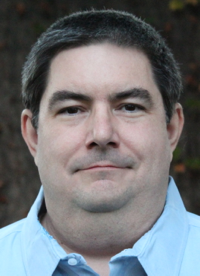
I read a great article on “LinkedIn Makeover: How to Polish Your Profile” that offered a number of practical suggestions that are not only applicable to a LinkedIn profile but also a CNSV profile: Photo Always use a profile picture. Make sure the image is in focus and is cropped closely enough to show…

Google has launched something quite surprising today: Google Drive for Microsoft Office. That’s right, the company now offers a plugin that lets you edit Word, Excel, and PowerPoint documents stored in Google Drive using Microsoft Office.
”1

New patent awarded this week. This is exciting and fun technology and I’m sure Disney will do amazing things with it. See the YouTube video from PatentYogi…

Last night I attended CNSV’s Annual Dinner. Besides the great food and excellent company, I especially enjoyed the presentation on “The Fairchild Patent Notebooks.” Our speaker, David Laws from the Computer History Museum, shared his enthusiasm and insight from studying the 200,000 handwritten pages documenting Fairchild’s engineers’ ideas and day-to-day accounts of their work.…
”4

Project Soli is developing a new interaction sensor using radar technology. The sensor can track sub-millimeter motions at high speed and accuracy. It fits onto a chip, can be produced at scale and built into small devices and everyday objects.




